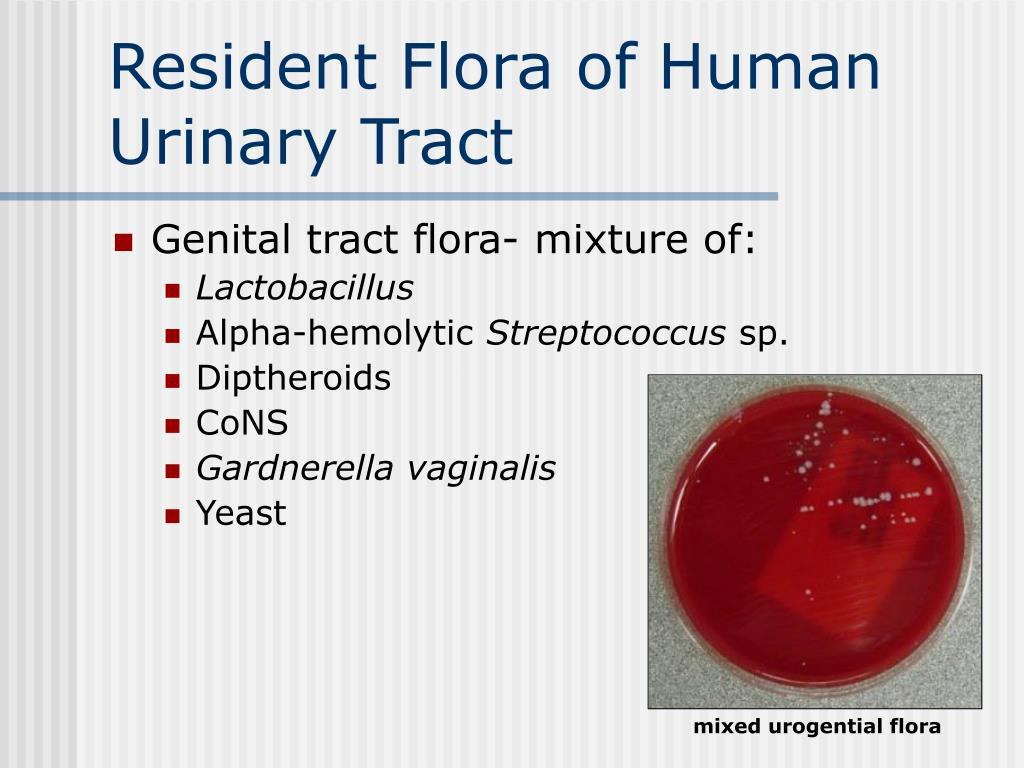Discover The Impact Of Mixed Urogenital Flora 100,000: Unveiling The Key To Optimal Health!
Mixed Urogenital Flora 100,000
Introduction
Welcome, Flora enthusiast! In this article, we will delve into the fascinating topic of mixed urogenital flora 100,000. This term refers to the presence of various microorganisms, including bacteria and fungi, in the urogenital tract. Understanding the composition and implications of this flora is crucial for maintaining urogenital health. Join us as we explore the intricacies of mixed urogenital flora 100,000 and its significance.
1 Picture Gallery: Discover The Impact Of Mixed Urogenital Flora 100,000: Unveiling The Key To Optimal Health!
Mixed Urogenital Flora 100,000: A Comprehensive Overview
Before we dive into the specifics of mixed urogenital flora 100,000, let’s first understand what it entails. The urogenital tract encompasses the urinary and reproductive systems, including the kidneys, bladder, urethra, and genitals. Within this complex environment, a diverse array of microorganisms can thrive, forming the mixed urogenital flora 100,000.

Image Source: h-o-m-e.org
The composition of this flora varies from person to person. It typically consists of both beneficial and potentially harmful microorganisms. Maintaining a balanced urogenital flora is crucial for overall health, as imbalances can lead to various infections and complications.
Now, let’s delve into the key aspects of mixed urogenital flora 100,000:
What is Mixed Urogenital Flora 100,000?
Mixed urogenital flora 100,000 refers to the presence of different microorganisms in the urogenital tract at a concentration of 100,000 colony-forming units per milliliter (CFU/mL). These microorganisms can include bacteria, such as lactobacilli, streptococci, and staphylococci, as well as fungi like Candida species.
Who is Affected by Mixed Urogenital Flora 100,000?
Mixed urogenital flora 100,000 can affect individuals of all genders and ages. However, certain factors may increase the likelihood of developing imbalances in the urogenital flora. These include poor hygiene practices, compromised immune function, hormonal changes, and the use of certain medications, such as antibiotics or corticosteroids.
When Does Mixed Urogenital Flora 100,000 Become a Concern?
While the presence of mixed urogenital flora 100,000 is a normal occurrence, imbalances in the composition can lead to health issues. If the concentration of harmful microorganisms outweighs the beneficial ones, it can increase the risk of infections and other urogenital disorders. Monitoring the flora’s composition is essential to identify and address any potential concerns.
Where Can Mixed Urogenital Flora 100,000 Be Found?
The mixed urogenital flora 100,000 primarily resides in the urogenital tract. This includes the urethra, bladder, vagina, cervix, and prostate gland. The specific composition and distribution of the flora may vary within these anatomical regions.
Why is Balanced Mixed Urogenital Flora 100,000 Important?
A balanced mixed urogenital flora 100,000 is crucial for maintaining urogenital health. The presence of beneficial microorganisms, such as lactobacilli, helps prevent the overgrowth of harmful bacteria and fungi. These beneficial organisms produce acids that create an acidic environment, inhibiting the growth of pathogens. Additionally, they contribute to the overall immune defense of the urogenital tract.
How Can Imbalances in Mixed Urogenital Flora 100,000 Be Addressed?
Addressing imbalances in mixed urogenital flora 100,000 involves various approaches, depending on the underlying cause and severity of the imbalance. Treatment options may include the use of antimicrobial agents, probiotics, and lifestyle modifications, such as improved hygiene practices and dietary changes. It is essential to consult healthcare professionals for an accurate diagnosis and appropriate management.
Pros and Cons of Mixed Urogenital Flora 100,000
1. Pros:
– The presence of beneficial microorganisms helps protect against harmful pathogens.
– A balanced flora contributes to the overall health and functioning of the urogenital tract.
– The flora’s composition can provide valuable insights into an individual’s urogenital health.
– Understanding mixed urogenital flora 100,000 can aid in the prevention and management of urogenital infections.
– Research on this topic can lead to advancements in diagnostic techniques and treatment options.
2. Cons:
– Imbalances in the flora can increase the risk of urogenital infections and complications.
– Identifying the underlying cause of an imbalance can be challenging.
– Treatment may require a multifaceted approach and individualized management.
– Some treatment options, such as antimicrobial agents, may have adverse effects on the overall urogenital flora.
– Further research is needed to fully understand the intricacies of mixed urogenital flora 100,000 and its potential implications.
Frequently Asked Questions (FAQs)
1. Is mixed urogenital flora 100,000 a cause for concern?
– While the presence of mixed urogenital flora 100,000 is normal, imbalances can lead to health issues. It is essential to monitor the flora’s composition and seek medical advice if experiencing symptoms or recurrent infections.
2. Can diet affect mixed urogenital flora 100,000?
– Diet plays a role in maintaining a balanced urogenital flora. Consuming a nutritious diet rich in probiotics, such as yogurt and fermented foods, can promote the growth of beneficial microorganisms.
3. Can hormonal changes affect the urogenital flora?
– Yes, hormonal changes, such as those occurring during menstruation or pregnancy, can impact the urogenital flora. These changes can alter the pH balance and create an environment conducive to the growth of certain microorganisms.
4. Are there any natural remedies for imbalances in mixed urogenital flora 100,000?
– Natural remedies, such as tea tree oil and garlic, have been suggested to have antimicrobial properties. However, it is important to consult healthcare professionals before using any natural remedies and to ensure proper diagnosis and management.
5. Can imbalances in the urogenital flora be prevented?
– While complete prevention may not be possible, maintaining good hygiene practices, avoiding unnecessary antibiotic use, and adopting a healthy lifestyle can help reduce the risk of imbalances in the urogenital flora.
Conclusion
In conclusion, understanding mixed urogenital flora 100,000 is crucial for maintaining urogenital health. The composition and balance of this flora play a vital role in preventing urogenital infections and complications. By monitoring the flora’s composition and seeking appropriate medical interventions when necessary, individuals can take proactive steps towards optimal urogenital well-being.
Take charge of your urogenital health today and consult healthcare professionals for personalized advice and guidance. Together, we can ensure the well-being of our urogenital flora and overall health.
Final Remarks
Disclaimer: The information provided in this article is for educational purposes only and should not substitute professional medical advice. It is important to consult healthcare professionals for an accurate diagnosis and personalized management based on individual circumstances.
This post topic: Flora



